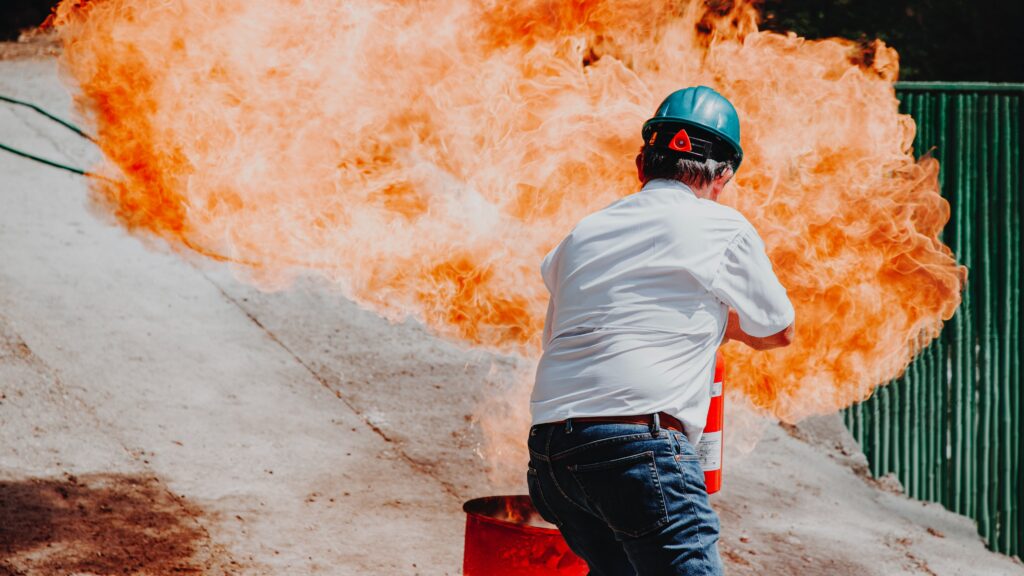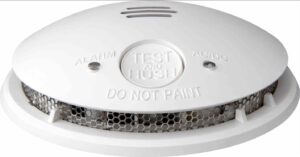
Benefits of LED Recessed Lights: Why Upgrade Your Lighting?
In the world of lighting, LED recessed lights have emerged as a popular choice for homeowners, businesses, and designers alike. These sleek

When faced with a fire emergency, knowing how to use a fire extinguisher properly is paramount. One of the most widely recognised techniques for using a fire extinguisher is the PASS method. A fire extinguisher supplier describes the PASS method in four simple steps below.
The first step in the PASS method is to pull the pin located at the top of the fire extinguisher. This pin acts as a safety mechanism, preventing accidental discharge. To remove the pin, grasp it firmly and pull it straight out. This action will break the tamper seal and allow you to proceed to the next step.
Once the pin is removed, it’s time to aim the nozzle or hose of the fire extinguisher. Direct the extinguisher at the base of the fire rather than the flames themselves. By targeting the base, you cut off the fire’s source of fuel, which is essential for effective suppression. Remember to maintain a safe distance while aiming to avoid any potential risks.
With the extinguisher aimed at the base of the fire, it’s time to squeeze the handle. The handle functions as the activation mechanism, releasing the extinguishing agent. Apply steady pressure to the handle to ensure a consistent flow of the extinguishing material. By squeezing the handle, you initiate the discharge and enable the extinguishing agent to suppress the fire effectively.
As the extinguishing agent is released, it’s essential to sweep the nozzle or hose from side to side. This sweeping motion helps cover the entire area of the fire, ensuring thorough suppression. Continue the sweeping motion until the fire is extinguished or until the extinguisher is empty. Remember to maintain a safe distance from the fire and be aware of any potential re-ignition.
Mastering the PASS method is a vital skill in fire safety. Regular training and familiarisation with fire extinguisher wholesale will help build confidence and enhance your ability to respond effectively in emergency situations. Stay prepared, stay vigilant, and prioritise the safety of yourself and others.

In the world of lighting, LED recessed lights have emerged as a popular choice for homeowners, businesses, and designers alike. These sleek

Smoke alarms are indispensable guardians of home safety, offering early detection of fires and potentially saving lives. However, to ensure their effectiveness,